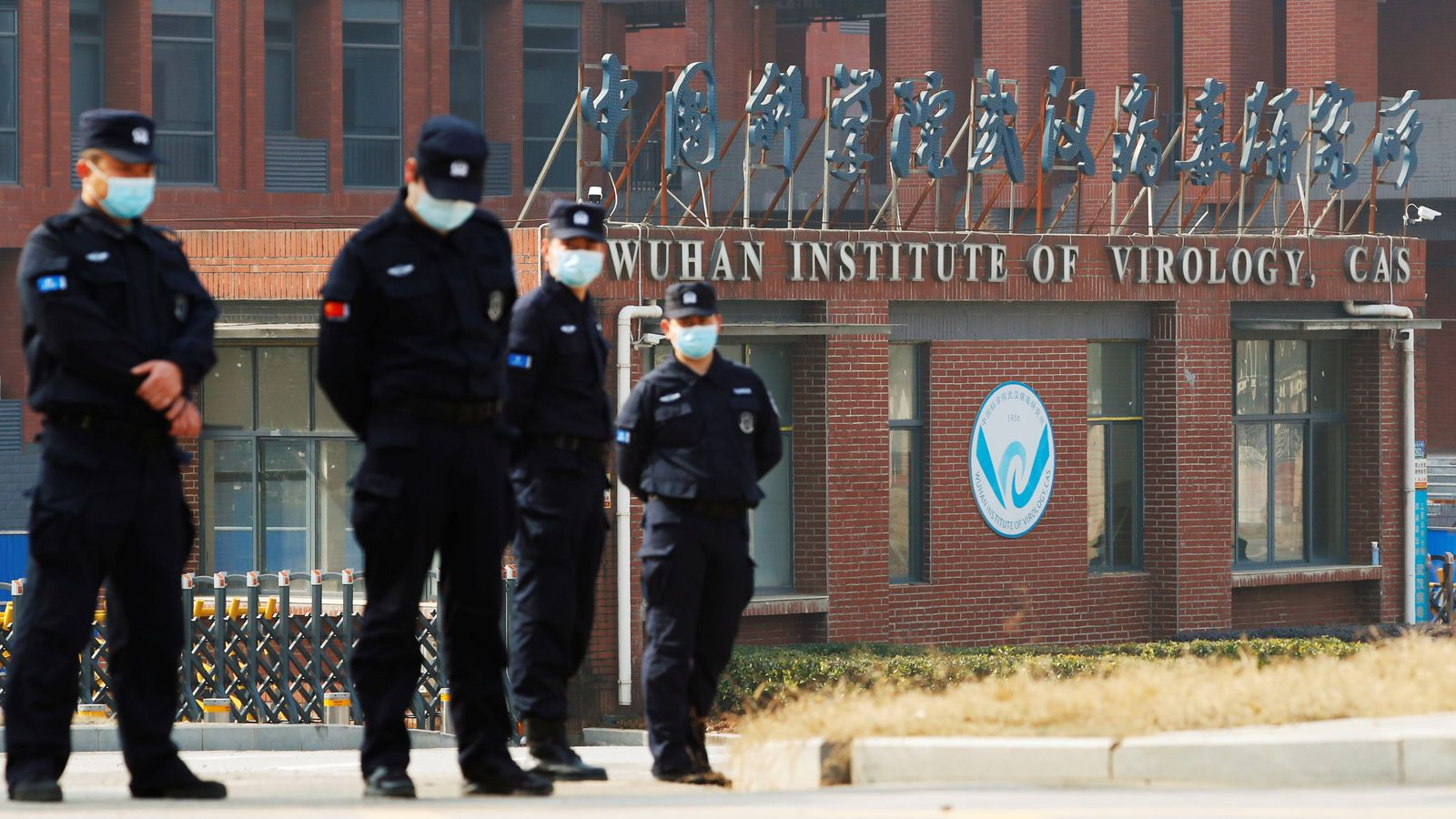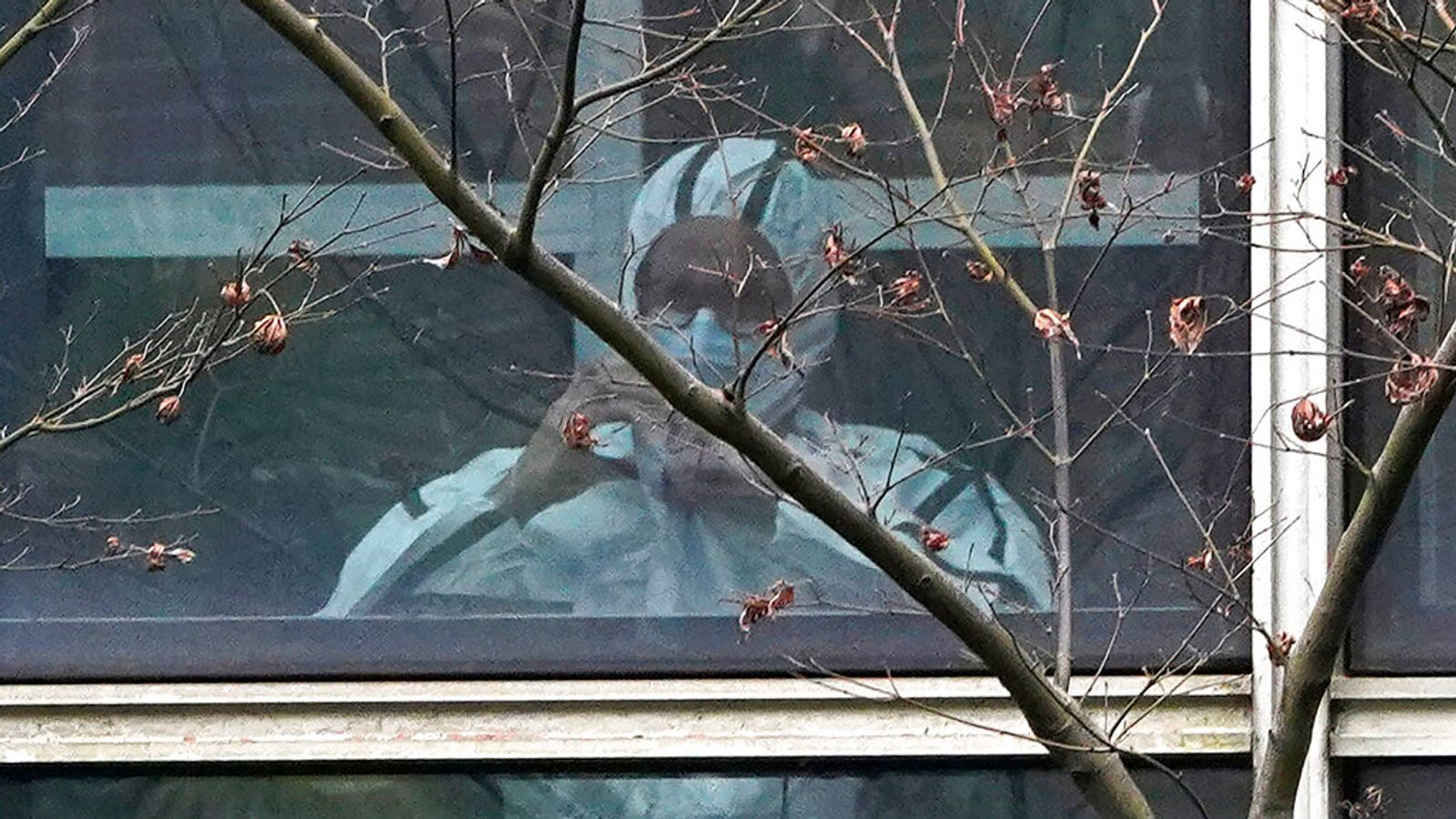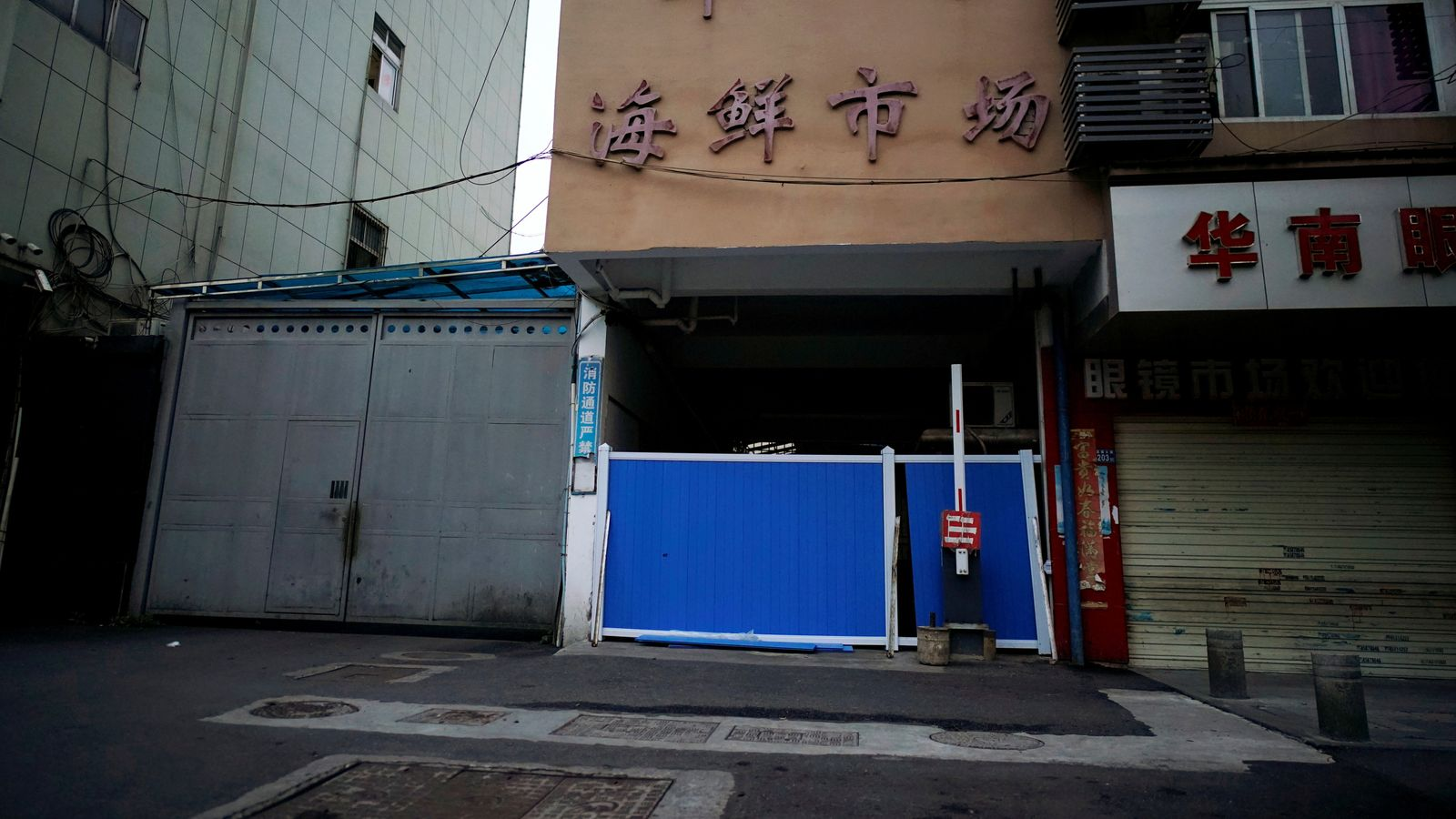An Introduction to The Wuhan Virus Investigation.
We've come to Yunnan province, in southwest China, with a question: after all this time, after so many dead, how do we still not know where COVID came from?
The mountains here, hollowed by caves, represent many scientists' best guess. Inside those caves are bats and those bats carry coronaviruses - including relatives of SARS-CoV-2, the virus that causes COVID-19.
Click here to watch on Android.
There's one location in particular we want to visit - an old mining cave. In 2012, several workers there fell ill with pneumonia-like symptoms. Three of them died.Investigators from the Wuhan Institute of Virology sampled the patients and found a SARS-related coronavirus - a strain labelled RaTG13. It shares 96.2% of the genetic identity of SARS-CoV2, making it the virus's closest known relative to date.
On the road video of investiagation.
We drive hours through the jutting mountains without incident, until we approach the road to the mineshaft.A car blocks the way. As we pull up, a man gets out and starts to make phone calls. He refuses to move his car or explain why, and then more men show up.They tell us there is no mining cave and that we cannot go further because of COVID prevention regulations - regulations that have not been apparent in any of the other villages on our route.

We try a different path, but the men block our car. More cars arrive, so we double back to try and find a different way.One vehicle follows us all the while. Another road has been blocked by motorcycles. The car keeps following us until we are stopped by the police, who are lying in wait for us. They take our details and order us to leave.This is a system that doesn't care for questions - and it is one that the experts from the World Health Organisation (WHO) must now navigate.They arrived today in Wuhan, COVID's ground zero, and will spend two weeks in strict quarantine.China says it has COVID firmly under control but is taking no chances. It's worried about recent outbreaks and, today, recorded its first death from the virus in eight months.Once quarantine is over, the WHO experts will tour Wuhan, visiting the wet market that formed the first known cluster of COVID-19.
Click here to watch on Android
Absent from the official itinerary is the Wuhan Institute of Virology, which sampled RaTG13 along with hundreds of other types of coronaviruses found in the caves of Yunnan. US officials have claimed, without offering proof, that the most credible origin for COVID-19 was a leak from this lab - a claim China squarely denies.The WHO has said its mission is to investigate the origins of COVID-19, not to lay the blame. But it is taking place in a tense geopolitical environment, with many countries willing to point the finger.Those countries include China itself. For months, its officials have been suggesting that COVID-19 originated elsewhere - brought by US soldiers visiting Wuhan, or from frozen food imports, or elsewhere.In Beijing, I asked a spokesperson for the Ministry of Foreign Affairs, Hua Chunying, whether the Chinese government accepted that China was still the most likely origin of the pandemic."As you can see from multiple media or reports, the COVID-19 pandemic broke out in various places around the world in the second half of 2020, and the timing of first case reported is constantly updated," she told me."This, I believe, will in turn provide more clues to scientists. So we give full support to the expert team, led by WHO, to trace the origin across borders through scientific research, in the hope to find out the truth as soon as possible so that we could better address similar public health emergencies in the future."

One of the pieces of evidence for that theory comes from Dr Giovanni Apolone, the scientific director of the National Cancer Institute in Milan. His team discovered COVID-19 in historical samples from Italian patients as far back as September 2019 - months before the first cases in China.Independent labs are still working to confirm those startling results.He told me there is one question he is asked because of his findings: "If it is true that some cases were positive in October or September, it means the virus circulated much earlier than expected, and maybe it means that the origin of the virus is different than China?""The only one thing that I can say according to this kind of information is that the virus circulated in China much earlier than December," he says."At the very beginning, the Chinese health authorities were not able to identify these cases, because they don't know anything about the possibility of the existence of the virus. This was the first part of the delay."The second part of the delay, in my personal opinion, was due to the fact that they waited to declare this kind of situation for some kind of geopolitical reasons."Dr Apolone said it was only his personal belief, but "the origin of the virus is almost 100% in China.... In which part of China, I don't know".He said as much to Xinhua, a Chinese state media agency, when they interviewed him. It was the only part of the interview not published.

The investigation into the origins of COVID-19 always faced hurdles, on the scientific facts alone.Unlike SARS or Ebola, it is a disease that can be transmitted by patients who don't even know they have it, making any tracing effort very difficult.But there are plenty of man-made, political obstacles in the way, too. An authoritarian government that guards information jealously and does not suffer criticism kindly. A fractious geopolitical climate that produces evidence-free accusations. And huge public sorrow - and anger - for the nearly two million people who have died.More than a year on, we still don't know where this came from. And we won't, not for sure, for a long time to come.





